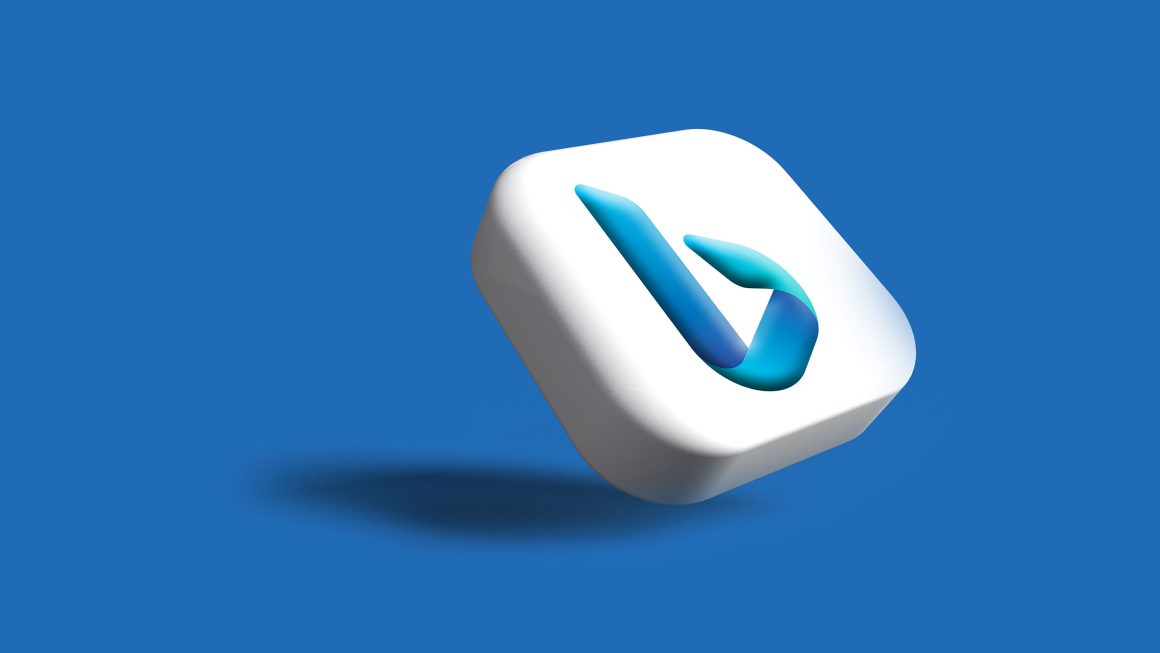Communications, infrastructure, transactions, knowledge; an organization’s data is arguably its most valuable asset. Regardless of size of organization, it is in a business’s best interests to secure its data or data safe by Important Data.
With a heavier reliance on wireless networks mobile computing, there are potential threats to the data you are using and storing on these platforms. Data can be corrupted due to a computer virus, lost due to system failure, or altered or wiped by an attacker.
There are several many things you can do to prevent your important data from being stolen. Here is a list of the best practices and methods that will help you guard your data or keep your data safe:
Backup Early and Often
Malware infections, ransomware, trojans, hardware failure, or other factors can put your data at risk of becoming inaccessible or being permanently lost. It is very important to back up your data safe or to protect it against attackers and prevent it from getting lost.
Moreover, in today’s digital space, data is at the center of enterprises and an unexpected downtime resulting from a virus or system disruption can be expensive.
Thus, a backup strategy is crucial to protect your data against unplanned disruption or downtime resulting from it.
Backing up your data early and often also helps build trust and credibility with your stakeholders. It shows that you focus on implementing security measures to safeguard your organization and clients’ data.
You can use ntbackup.exe, the backup utility built into Windows, to perform basic backups. You can also consider cloud backups as they allow continuous and scheduled backups automatically, which saves time and effort.
Before you back up your data, ask yourself these questions:
How often should you back up your data?
Well, depends on how much data you can afford to lose due to a malfunction or system crash. A week’s work? A month’s work? Or a quarter’s work? It is recommended to regularly back up all data safe that you find important.
What data should you backup?
Everything that cannot be replaced should have a backup and recovery solution. From general data files, databases, virtual machines, data sources, applications, and media storage, make sure you have a strong backup for all your essential data safe that can’t be easily replaced.
Enforce Strong Password Policies
Password policies are a set of guidelines or rules that enforce better security by implementing stringent rules on users to create strong, reliable, and secure passwords.
A strong password policy is often the front line of defense to protect personal data, sensitive information, and other important data safe that could be exploited by hackers. Many breaches occur because people reuse passwords or set weak passwords like 12345, which are much more susceptible to attacks.
Here are few best practices and tips that will help you create an effective password policy:
Use Passphrases
As you know a password is usually a combination of numeric values, upper & lower cases, and special characters. It could be a random string of characters like “Ahif$k&n” or a lousy number like “yourbirthday”.
On the other hand, passphrases are relatively much longer than passwords and may contain spaces between them like “I am grateful for this day”. A passphrase doesn’t have to be grammatically correct and it can also contain special characters. The major difference between a password and a passphrase is that the latter is much longer and is typically more memorable.
Why are passphrases better than passwords?
- While passphrases can be a random combination of words. A stronger passphrase will be a combination of a couple of thoughts that are unique to you and that you do not share. Don’t use a phrase that you are known to use or is common (song lyrics, poem, famous movie quotes). For example, “Yellow horses never played Joe Montana or Tigers”. Hence, they are much easier to remember.
- Cybercriminals have leveled up their methods of hacking and are now able to crack even the most complex passwords that are shorter (e.g., fewer than 10 characters).
- Passphrases can contain upper & lower cases, punctuation which also meets the complexity requirements for creating secure passwords.
- Passphrases can be very difficult to crack if you generate them properly.
Set a Minimum Length Policy
It determines the minimum number of characters required to create a strong password. Most often the minimum password length is at least ten characters but it is recommended to have more than 12 characters or use of a strong passphrase..
Since longer passwords are more difficult to crack than shorter ones, it provides better security to the device or network.
Secure Wireless Transmissions
Whether it is a business or home network, data sent over a wireless network is more likely to be intercepted by an attacker than data sent over an ethernet network.
Attackers don’t need physical access to the devices or the network. In fact, anyone with a high gain antenna and a wireless-enabled portable computer can get into your network and access data stored there if the wireless access points are not configured securely.
Make sure that you send and store data only on wireless networks that have encryption such as Wi-Fi protected Access (WPA2), that encrypt data being transmitted between wireless devices and routers.
In addition to this, consider installing a firewall on your home network (a modem- or router-based firewall) or wireless devices (a host-based firewall). A firewall will add extra layer of protection to the data safe on your computer and prevent the attacker from hacking the network.
Spot Social Engineering Attempts
Social engineering is the activity of manipulating a person’s trust to gather confidential or unauthorized information from them.
Some of the most common social engineering attempts include:
- Phishing: Attackers send emails or messages with links that pose as legitimate website addresses or ask for personal information such as financial data, credentials like passwords or user id, or prompt them to reveal confidential data.
About 94% of malware comes from emails. So when in doubt whether or not an email or a message is genuine, don’t respond to it and reach out to the organization directly.
- Scam Artists: If an unknown individual or team shows up at your office asking for your information in person, make sure you ask them for identification. Verify that the service was requested and that the visit is authorized and expected.
Never reveal information about yourself or your organization to anyone without conducting proper background checks and authorization.
- Dumpster Diving: A simple action of throwing a document in the garbage can pave a pathway for social engineers to impersonate you or steal useful information. Always shred documents that you no longer want or use.
Secure Sensitive Information
Sensitive information is a valued commodity that attackers can use to exploit for their benefit. It includes social security numbers, personal credentials, financial information like credit card details, or other data that identifies customers, employees or stakeholders.
Such information is often stored for processing business transactions, managing payroll, or performing other business functions.
If it falls into the wrong hands, sensitive information can damage your organization’s reputation, customer and client relationships, and impact your overall business.
Did you know that, on average, every employee has access to 17 million files?
Effective data security begins with evaluating what sensitive information you have and who has access to it. By understanding how data is moved in and out of your business, you can analyze who really needs to access that information and limit it based on an individual’s need to know.
For physical documents, use removable storage devices in a locked drawer, container, safe, or other secure cabinets when not in use.
Be equally vigilant while disposing of sensitive data. Shred documents when no longer required. Remove all sensitive information from electronic devices such as laptops, tablets, storage hardware, and computers before disposing of them.
Use Rights Management to Retain Control
Organizations deal with many clients, customers, stakeholders, and employees. Monitoring every activity that includes your company’s information can be a bit challenging and overwhelming.
If you’re worried about your data’s security once it leaves your system, you should use Windows Rights Management Services (RMS) to control what receiver can do with it.
For instance, you can allow the recipient to view the document, but not to modify, copy, or save it. You can also prohibit them from forwarding emails that contain sensitive data of your organization and can set expiry date/time on documents or messages so that they are no longer able to access them after a specific time period.
Verify the Security Controls of Third parties
Many businesses rely on third-party companies for some business functions or aspects of their operations such as credit card processing, payroll, financial audits, or to manage their security functions.
However, even with the most credible vendor and trusted partner, you have to stay vigilant.
A breach might occur on the vendor’s front and your data might be compromised. Even if it is not your fault, your organization might have to bear the consequences of this type of breach.
According to a report by IBM, about 77% of IT and security professionals indicated they do not have a cybersecurity response plan applied throughout their organizations.
So before engaging with a third-party vendor or organization, assess their security practices and standards to ensure they meet your minimum security requirements.
Work with vendors that:
- Run background checks on their employees with access to your data
- Perform regular security audits
- Have strong security standards and protocols
- Keep software up-to-date with latest security patches
- Have a comprehensive response plan for unforeseen attacks and downtime events that may compromise your data’s security
Once you have selected a vendor, create a service legal agreement (SLA) that entails your security expectations and empowers you with the right to audit the vendor to ensure security compliance.
Final Thoughts
Data security is an essential asset of every organization and it should be invested in as such. You should make continuous and holistic investments to ensure better security for your organization’s data.
Not only do you need to employ the best security practices but also develop a security-centric culture by training your employees regularly. Limiting their access to sensitive data isn’t a one-stop solution. Educate them about the importance of every security policy and how it could impact them and the organization.
Read More: 5 Reasons for Small Businesses to Leverage Data Analytics




